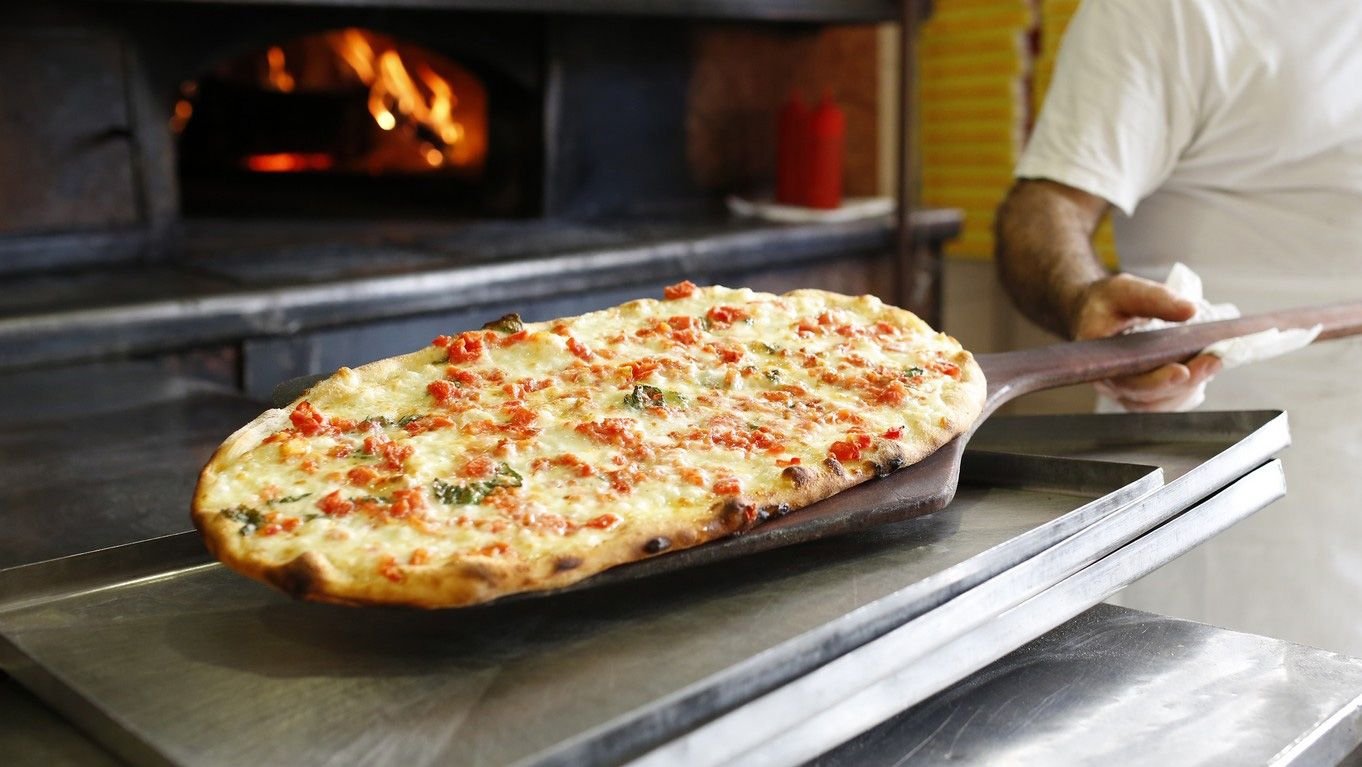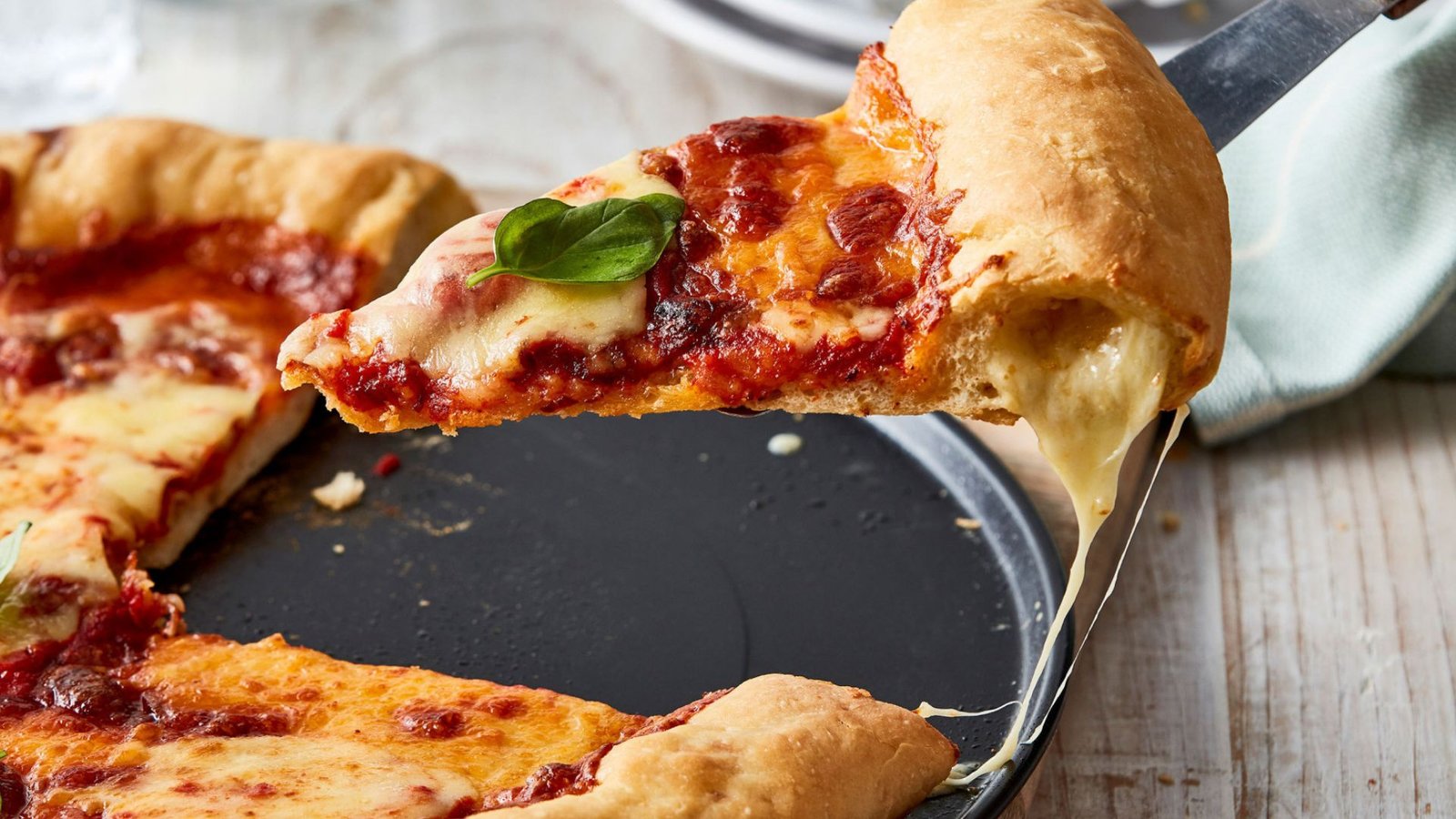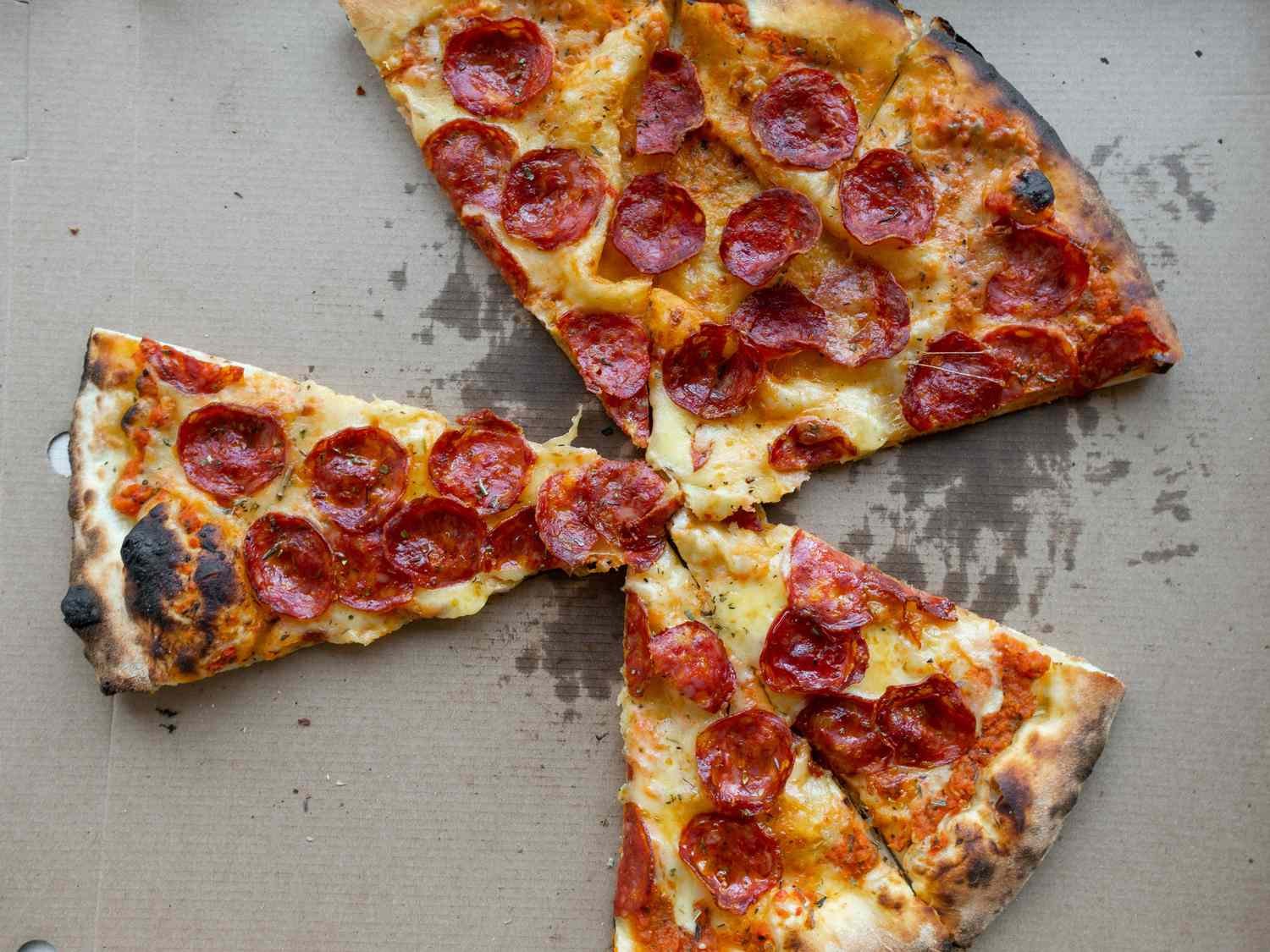1. The Fusion Revolution
Blending Flavors:
- Mexican-Italian Fusion: Collaborations between Mexican and Italian chefs have given rise to pizzas topped with ingredients like chorizo, jalapeños, and cilantro, combined with traditional Italian cheeses and sauces.
- Indian-Italian Fusion: Pizzas featuring tandoori chicken, paneer, and exotic spices, melded with classic pizza elements like mozzarella and tomato sauce, reflect the vibrant flavors of Indian cuisine.
Case Study:
- Franco Pepe and Jorge Vallejo: Italian pizzaiolo Franco Pepe and Mexican chef Jorge Vallejo collaborated to create a pizza that features mole sauce, Oaxaca cheese, and traditional Italian dough, offering a perfect blend of both culinary worlds.

2. Global Ingredient Sourcing
Locally Sourced, Globally Inspired:
- Japanese Influence: Using ingredients like miso, seaweed, and wasabi on pizzas, paired with traditional Japanese culinary techniques.
- Scandinavian Touch: Incorporating ingredients such as smoked salmon, dill, and pickled vegetables, inspired by Nordic cuisine.
Case Study:
- Nancy Silverton and Daisuke Nakazawa: American chef Nancy Silverton and Japanese sushi chef Daisuke Nakazawa collaborated to create a pizza with a sushi-inspired topping, using fresh tuna, avocado, and a drizzle of soy-ginger sauce.
3. Cross-Cultural Festivals
Celebrating Diversity:
- Pizza Festivals: Events where international chefs come together to showcase their unique pizza creations, promoting cultural exchange and culinary innovation.
- Culinary Workshops: Chefs from different backgrounds host workshops, teaching participants about their techniques and ingredients, fostering a deeper understanding of global culinary traditions.
Case Study:
- New York Pizza Festival: Features chefs from around the world, including Italy, Japan, and Mexico, who come together to present their unique pizza styles, encouraging a celebration of international pizza culture.
4. Culinary Tourism
Travel and Taste:
- Pizza Tours: Guided tours that take food enthusiasts to various countries to experience different styles of pizza, from Neapolitan in Italy to deep-dish in Chicago.
- Exchange Programs: Initiatives where chefs travel internationally to learn about local pizza-making traditions and bring those influences back to their home countries.
Case Study:
- Massimo Bottura’s Global Pizza Journey: Italian chef Massimo Bottura travels to various countries, collaborating with local chefs and creating pizzas that incorporate local ingredients and techniques, then bringing these ideas back to his own restaurants.
5. Technology and Virtual Collaborations
Connecting Across Borders:
- Virtual Cooking Classes: Chefs from different parts of the world host online pizza-making classes, sharing their techniques and recipes with a global audience.
- Digital Platforms: Use of social media and food blogs to share innovative pizza recipes and collaborative projects, reaching a wider audience.
Case Study:
- Virtual Pizza Summit: An online event where chefs from different countries come together to discuss trends, share recipes, and collaborate on new pizza creations.
6. Cultural Fusion Restaurants
Blending Culinary Traditions:
- Fusion Pizzerias: Restaurants that specialize in blending pizza with other culinary traditions, offering a menu that reflects a diverse range of flavors.
- Pop-Up Events: Temporary dining experiences where chefs collaborate to create a unique, culturally blended menu.
Case Study:
- Pizzeria Mozza: Co-owned by Nancy Silverton and Italian chefs, the restaurant blends traditional Italian pizza-making with Californian ingredients and innovative techniques, creating a unique dining experience.
7. Educational Initiatives
Learning and Sharing:
- Culinary Schools: Programs that offer courses on international pizza-making techniques, fostering cross-cultural understanding among aspiring chefs.
- Chefs’ Exchanges: Programs where chefs spend time in kitchens around the world, learning from each other and incorporating new techniques into their own practices.
Case Study:
- International Pizza Academy: An educational initiative that brings together chefs from around the world to learn about different pizza-making traditions, promoting cultural exchange and innovation.
Conclusion
“Pizza Cultural Exchanges: International Collaborations” highlights the dynamic and evolving nature of the global pizza scene, where cultural exchanges and collaborations lead to innovative and exciting culinary creations. By blending diverse culinary traditions, using globally sourced ingredients, and fostering cross-cultural understanding, these collaborations enrich the pizza landscape, offering food enthusiasts new and delightful experiences. Whether through fusion restaurants, culinary festivals, or virtual collaborations, the spirit of innovation and cultural appreciation continues to elevate the art of pizza-making to new heights.











